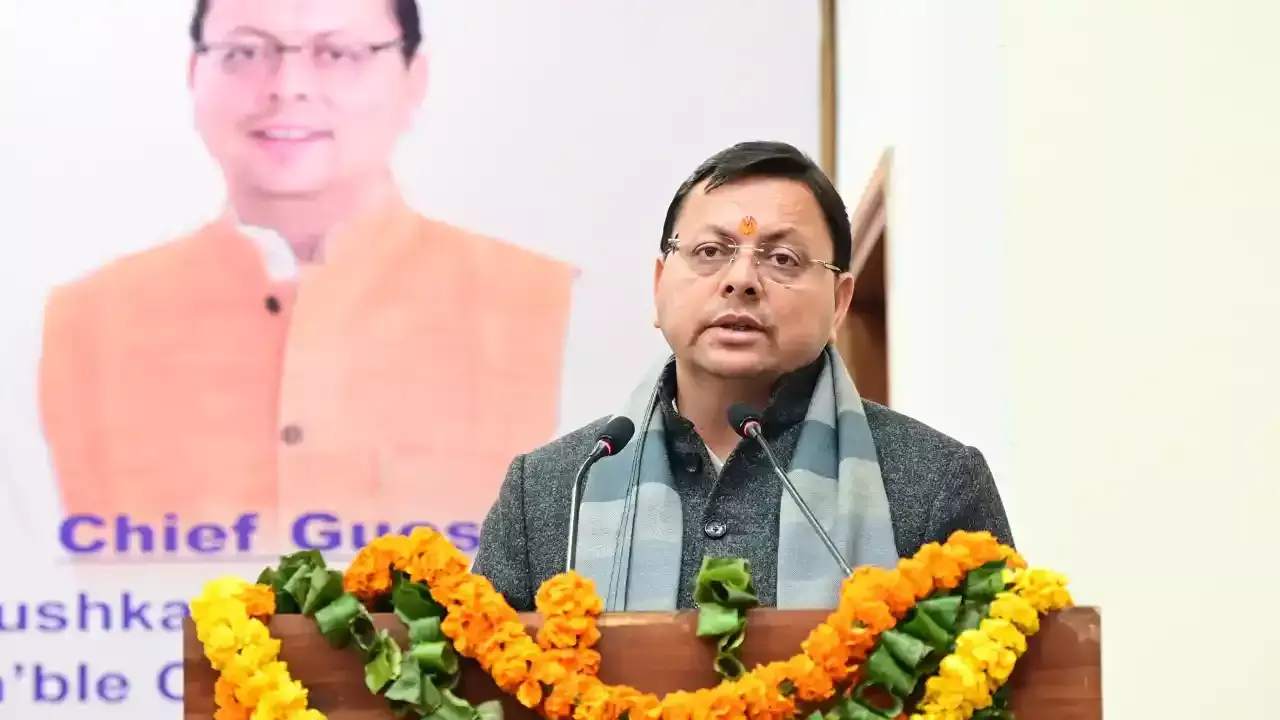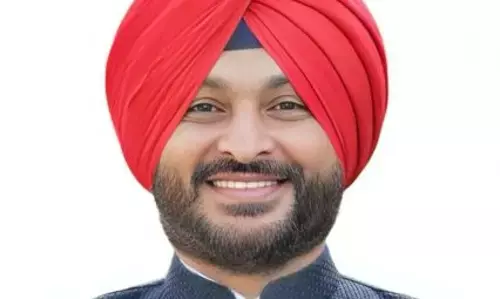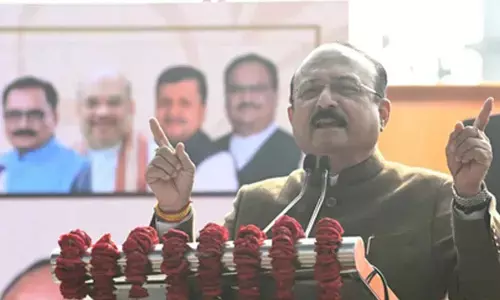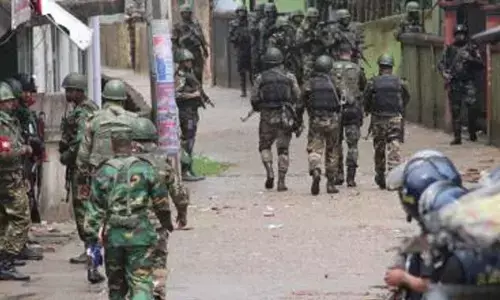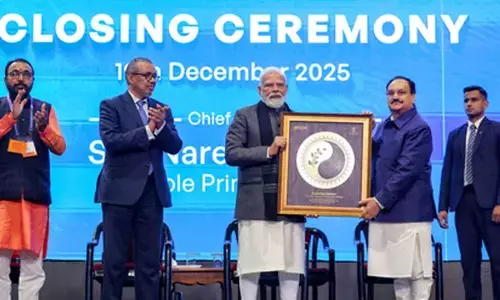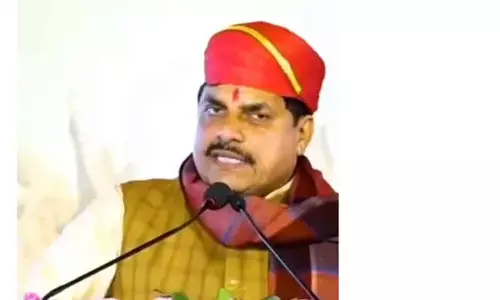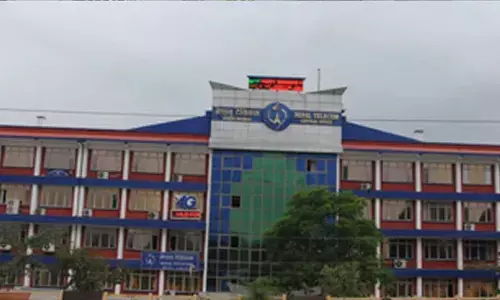For a lasting solution to a recurring problem
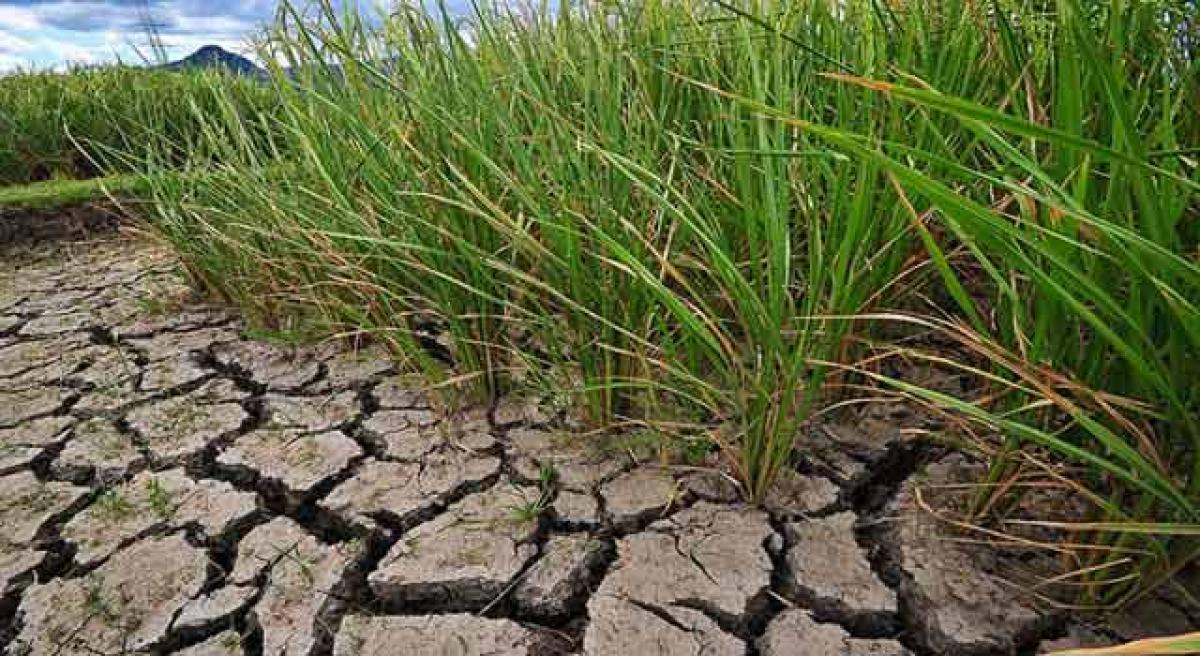
As the pre-monsoon showers greet us and the pleasant news of monsoon reaches us, the scorching heat, the crippling drought and the consequent suffering may miss our attention. We may wake up only when the recurring drought strikes us with vengeance next time. But, the time has come for the establishment to come out of this myopia and be concerned with enduring solutions to the perennial problem wh
As the pre-monsoon showers greet us and the pleasant news of monsoon reaches us, the scorching heat, the crippling drought and the consequent suffering may miss our attention. We may wake up only when the recurring drought strikes us with vengeance next time. But, the time has come for the establishment to come out of this myopia and be concerned with enduring solutions to the perennial problem which even incurred the wrath of the highest court of India.
Like other hazards, the impacts of drought span economic, environmental and social sectors and can be reduced through mitigation and preparedness. A multi-disciplinary and permanent policy-making and execution body should be in place to constantly monitor possible drought and implement prevention and mitigation measures from time to time. Any ad hoc approach would only result in fire-fighting exercise that would prove to be not only prohibitive but ineffective in addressing the concerns of the people in the perennially drought-stricken regions
Unlike other natural disasters like earthquakes, or cyclones, the onset of drought is slow thus giving the administration adequate time to respond. But, the impact of this disaster though natural but compounded by human actions, is spread over a longer period of time demanding long drawn effort to mitigate the suffering of people affected by it.
Effective drought management efforts should include measures to improve moisture conservation and vegetal cover. Such measures would help in reducing the vulnerability to drought.
In fact, India has a long history of drought management efforts. Such schemes include drought prone area programme, watershed development programme etc... Despite spending billions, drought continues to adversely affect lives and livelihoods of millions of Indians every year. This calls for innovative approaches to mitigate if not prevent the problem.
Normally, drought is associated with lack of water availability. But, recent experience suggests that drought situation continues to prevail even in irrigated areas. This demands much deeper probing of the causes and consequences of drought to evolve a long-term anti-drought strategy that will have a long standing impact.
The traditional approach to drought as a phenomenon of arid and semi-arid areas is changing in India, too. Now, even regions with high rainfall, often face severe water scarcities. Cherrapunji in Meghalaya, one of the world’s highest rainfall areas, with over 11,000 mm of rainfall, now faces drought for almost nine months of the year.
On the other hand, the western part of Jaisalmer district of Rajasthan, one of the driest parts of the country, is recording around 9 cm of rainfall in a year. Water harvesting measures are often encouraged to reduce the vulnerability to drought. Observing that the possible impact of water harvesting on acute drought needs to be studied in detail, the Second Administrative Reforms Commission (ARC) called for development of integrated expertise on water.
There are different institutions having expertise on hydrology, concerning scientific and engineering aspects of water and those concerned with groundwater and water requirement of crops. Such diverse water-related expertise scattered in different expert bodies and institutions should be integrated.
A multi-disciplinary and permanent policy-making and execution body should be in place to constantly monitor possible drought and implement prevention and mitigation measures from time to time. Any ad hoc approach would only result in fire-fighting exercise that would prove to be not only prohibitive but ineffective in addressing the concerns of the people in the perennially drought-stricken regions.
Telangana and Andhra Pradesh should form State-level institutes of drought management that would comprehensively undertake research on drought, especially related to the locally prevailing conditions and factors. Such institutes would foster networking on multidisciplinary, cross sectoral research on various aspects of drought.
Perennially drought-stricken regions often suffer from serious degradation of land resources. This would have a devastating effect on the lives and livelihoods of the people residing in these areas. Discouraging people of such highly degraded regions from pursuing unsustainable forms of living should instead be motivated to adapt ecologically more compatible livelihoods.
Water-intensive agriculture in areas facing recurring drought are more vulnerable to even modest drought. Studies reveal that such regions should focus more on non-agricultural and pastoral livelihoods that are more ecologically compatible. This requires long-term planning. Local communities should be motivated and mobilised to adapt to livelihoods appropriate to the local eco system to avoid undue pressure on fragile land and water resources.
The Second ARC in its report – Crisis Management – From Despair to Hope – makes some useful recommendations in this regard. Specifically, identify villages where soil and climatic conditions make conventional agriculture unsustainable. Alternate means of livelihood have to be evolved in consultation with communities in such areas.
Governments should compile and circulate from time to time a document containing details of latest available scientific and technical inputs for detecting onset and progress of drought. Experience in dealing with cyclones and floods reveal that advances in early warning and forecasting technology helped to substantially prevent loss of human life due to such disasters.
As Amartya Sen pointed out in his monumental work, ‘Political Economy of Hunger,’ the free media and multi-party political system provide warning signals of an impending crisis. The governments should display political sagacity to use such facility available in democratic societies to tackle the problem rather than denying the prevalence of any such signs of disaster to avoid political embarrassment.
Such a shortsighted political response would only hurt the interests of the people and ultimately prove to be politically counterproductive for the ruling establishment. The cumbersome procedures for drought declaration results in delayed response to the problem. It is not as if a drought is required to be declared in the entire State or even in an entire district. If a drought-like situation or a drought exists in some village in a district or a mandal, it should be so declared, advises the Supreme Court.
Governments mainly due to fear of political backlash shy away from accepting that drought prevails. Remember what the Supreme Court of India said in its judgment in the Swaraj Abhiyan versus Union of India & Ors 2015, “…A candid admission does not imply a loss of face or invite imputations of ineffective governance; it is an acknowledgement of reality”.
Seasonal rivers increase the adversity. Perennial river irrigation system has much greater immunity to droughts. Therefore, engineering solutions should be evolved to make seasonal rivers as perennial rivers. The Karnataka Revenue Reforms commission, 2003, envisaged a system of regulated inflow of discharge in rivers from the catchment areas, mainly within the forests, through rigorous and accurate monitoring of inflows and outflows and engineering interventions through close collaboration between the forests and irrigation departments.
Such a regulated management of surface waters can ensure perennial availability of water in rivers. Otherwise, acute period of drought is either preceded or succeeded by sudden floods resulting in draining precious water into the oceans. The Second ARC recommended river specific feasibility studies to determine the ecological and hydrological implications of making seasonal rivers perennial.
Referring to the distinct nature of the disaster, the National Disaster Management Authority (NDMA) in its guidelines on drought management stated that drought is a natural hazard that differs from other hazards as it has a slow onset, evolves over months or even years and affects from small pockets to a large regional expanse.
Its onset and severity are often difficult to determine. As a result, there is a lack of urgency in response. Like other hazards, the impacts of drought span economic, environmental and social sectors and can be reduced through mitigation and preparedness.
Because droughts are a normal part of climate variability for virtually all regions, characterized by extended periods of water shortage, it is important to develop contextual plans to deal with them in a timely, systematic manner as they evolve. As Lokmanya Tilak said: “The problem is not lack of resources or capability, but the lack of will.”








